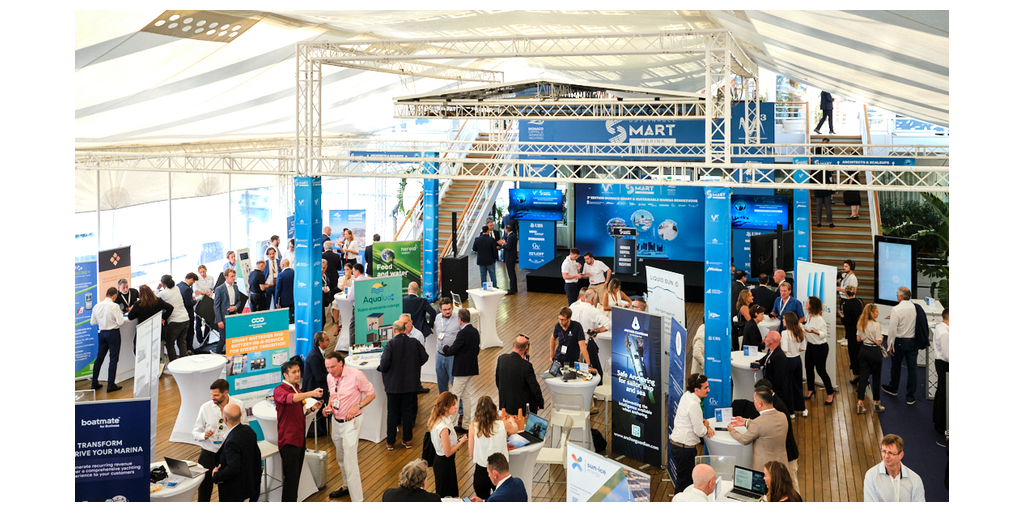Sign up for daily news updates from CleanTechnica on email. Or follow us on Google News!
Cement and concrete decarbonization are elements of $6 billion in grants that the US Department of Energy announced this week. In total, 33 projects across more than 20 states will help accelerate the commercial scale demonstration of emerging industrial decarbonization technologies.
Portland Cement describes the process for creating cement as feeding crushed rock into an enormous cement kiln — as much as 12 feet in diameter and longer in many instances than the height of a 40-story building. The kiln heats ingredients to about 2,700 degrees Fahrenheit. Then a “roaring blast of flame, produced by precisely controlled burning of powdered coal, oil, alternative fuels, or gas under forced draft,” creates the end product.
Of course, the fundamentals of making cement, especially Portland cement, are subject to the laws of science. When its limestone is converted to calcium oxide, which is the immediate precursor to the clinker that is transformed into cement, the CO2 trapped inside the mineral is released into the atmosphere.
The production of Portland cement is responsible for 5.5% of global climate pollution or 8% of CO2 emissions.
As Pisciotta and team write in Cleaner Engineering and Technology, the problem with the production of cement is this CO2 emitted from the sector — it originates from the use of fossil fuels in the high-temperature calcination step (∼40% emissions) and from the chemistry of limestone (CaCO3) breaking down into lime (CaO) and CO2 (∼60% emissions). There are also expensive decarbonization changes needed to within the process as well as the product — and these can be very detrimental to profitability.
Growing urban populations and deteriorating infrastructure are driving unprecedented demands for concrete, a material for which there is no alternative able to meet its functional capacity.
Recent studies have investigated the potential for less carbon-intensive materials to replace cement and cementitious materials altogether. We’ve written a lot about this at CleanTechnica (here, here, here, here, and others).
Commonly accepted ways to decarbonize cement include:
- Use less cement — for example, by reducing the overspecification of cement in concrete mixes and encouraging the use of supplementary cementitious materials like ground glass pozzolans to partially replace cement in concrete mixes.
- Make cement kilns more efficient so they require less fuel.
- Ultimately transition to truly cleaner fuels — for example, electrification from renewable sources if and where possible, as well as green hydrogen.
 Chip in a few dollars a month to help support independent cleantech coverage that helps to accelerate the cleantech revolution!
Chip in a few dollars a month to help support independent cleantech coverage that helps to accelerate the cleantech revolution!
From Cement to Concrete Decarbonization
The difference between cement vs concrete is as follows:
- Cement is a binding agent made from limestone and clay.
- Concrete is a building material created through the proper mixing of cement, water, sand, and rock.
Concrete consists of fine and coarse aggregates, water, admixtures, and cement that react with the water to glue these constituents together into an artificial conglomerate. Growing urban populations and deteriorating infrastructure are driving unprecedented demands for concrete, a material for which there is no alternative that can meet its functional capacity.
How can a company establish new ground in cement and concrete decarbonization? Some such projects that are part of the Industrial Demonstrations Progatram, and they have real promise.
For example, Sublime Systems, Inc. received a grant of up to $86.9 million. We’ve written about it previously (here, here, and here). Its project is First Commercial Electrochemical Cement Manufacturing in Holyoke, Massachusetts. It plans to build a new, ultra-low carbon cement manufacturing facility using Sublime Systems’ new method to make cement. It replaces carbon-intensive limestone with abundant calcium silicate-based feedstocks, resulting in industry-standard cement that is produced electrochemically instead of using high heat.
The goal is for the Sublime Systems project to serve as a model to strengthen US supply chains for low-carbon products, increase transparency for product environmental impact and performance, and catalyze industry-wide change. Sublime Systems and the United Steelworkers have signed a strategic partnership agreement supporting Sublime Systems’ employees’ right to organize at the Holyoke factory, to negotiate project labor agreements with the region’s building trade unions, and to support the Holyoke K-12 education system through curriculum enhancement and teacher support.
We also conducted an interview in 2022 with grant recipient, Brimstone Energy, Inc. whose project, Deeply Decarbonized Cement, was awarded a grant up to $189 million. Brimstone plans to construct a first-of-a-kind commercial-scale demonstration plant that would fundamentally transform the way cement is made. The project would produce 140,000 metric tons per year of decarbonized industry standard ordinary Portland cement, supplementary cementitious materials, and other co-products, using calcium silicate rocks and alternative production methods to avoid more than 120,000 metric tons of carbon dioxide emissions per year.
The demonstration project expects to reduce technical risks and prove demand to support the development of future industrial-scale decarbonized cement manufacturing facilities.
Way back in 2020 we recognized Heidelberg Materials US, Inc. and its contributions to LEILAC (Low Emissions Intensity Lime And Cement). Up to $500 million will be allocated to the Mitchell Cement Plant Decarbonization Project. It will construct and operate an integrated carbon capture, transport, and storage system at their newly modernized plant located in Mitchell, Indiana. This project would capture at least 95% of the carbon dioxide from one of the largest cement plants in the nation and store it in a geologic formation beneath the plant property. This project expects to prevent two million tons of carbon dioxide per year from entering the atmosphere and would demonstrate a pathway to decarbonize existing cement plants in the US.
This project builds on the front-end engineering and design study and sequestration site development and represents one of the first carbon capture and storage projects for cement facilities in the nation.
Final Thoughts
Society must reach net-zero GHG emissions by 2050 to limit warming to 1.5 °C above pre-industrial levels, and to do so, the “difficult-to-decarbonize” industries such as cement and concrete must find pathways to mitigation. There are several commonly discussed mitigation strategies for these emissions including use of alternative fuels, use of more efficient equipment, carbon capture, utilization and storage, or reducing the demand for clinker through use of supplementary cementitious materials.
As Olsson and team write in Nature Communications, it is critically important to improve material efficiency so that less material is used to achieve the same performance. That, indeed, is a key step in mitigating the environmental impacts from materials production. These authors state that “reducing material demand while meeting performance requirements will support provision of necessary infrastructure and contribute to reducing multiple environmental impacts.” Their research offers hope that flexibility within current concrete design approaches can contribute to climate mitigation without requiring heavy capital investment in alternative manufacturing methods or alternative materials.
Let’s keep our fingers crossed that Sublime Systems, Brimstone, Heidelberg, and other industrial decarbonization awardees offer breakthrough demonstration projects that enhance cement and concrete decarbonization and guide other companies to find pathways to mitigation.
Have a tip for CleanTechnica? Want to advertise? Want to suggest a guest for our CleanTech Talk podcast? Contact us here.
Latest CleanTechnica TV Video
CleanTechnica uses affiliate links. See our policy here.


.jpg)


